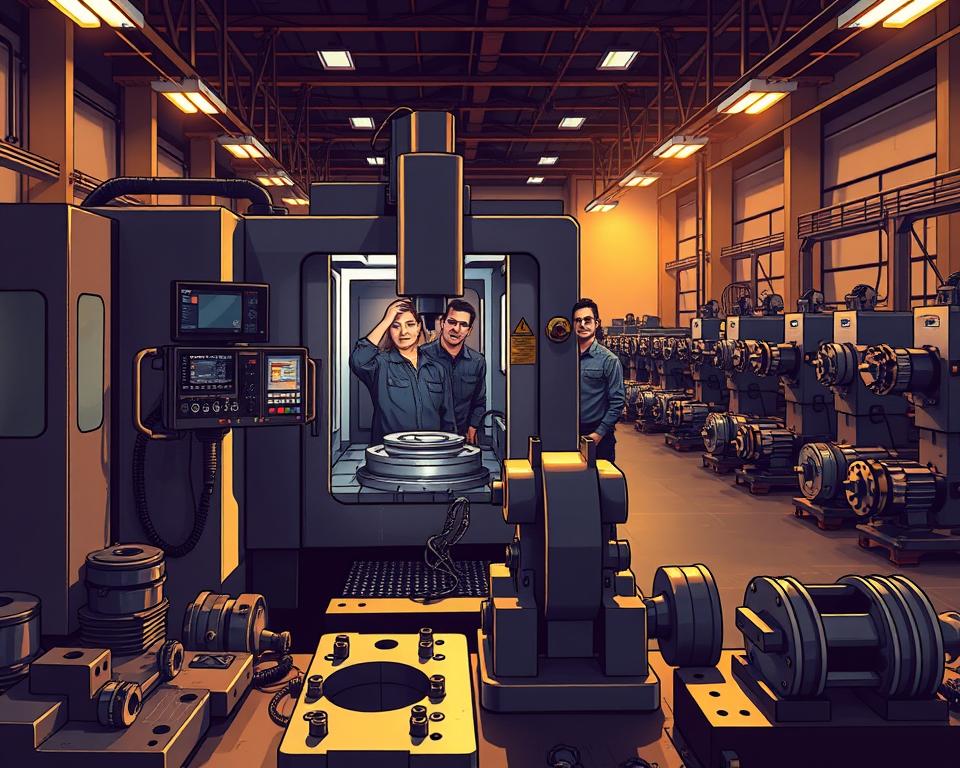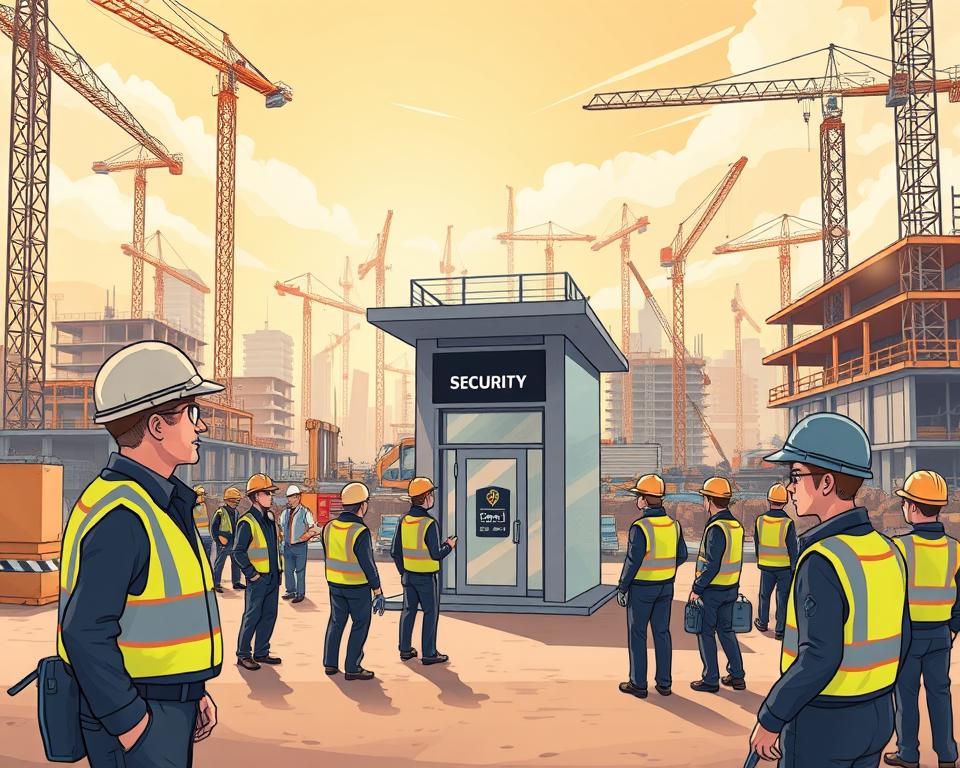Looking for Quality Furniture? Visit the Top Store in HK
In the words of Charles Eames, “The details are not the details. They make the design.” This holds true in Hong Kong, where efficient use of space is essential. An apartment can be entirely transformed by selecting the appropriate furniture. Among the leading furniture stores, Stockroom Furniture shines brightly. You can see its dedication to excellent quality and a keen eye for detail. The store offers an array of exquisite furniture that can improve any home’s ambiance. Let’s dive into the exceptional selections available in Furniture Hong Kong, highlighting the city’s dynamic furniture landscape.
Top Highlights
- Learn about the vital role of quality furniture in designing your home.
- Discover the reasons behind Stockroom Furniture’s leading position in the industry.
- Explore how selecting the right furniture can better your living space.
- Find out why premium home furnishings matter in compact living spaces.
- Find out what the furniture scene is like in Hong Kong.
The Furniture Scene in Hong Kong: An Overview
Hong Kong’s furniture scene is vibrant, with a smooth blend of traditional and modern styles. Both local talents and global names drive this vibrant scene. They collaborate to forge a unique furniture market. This market appeals to those who appreciate contemporary designs with a cultural twist.
Designers in Hong Kong have responded to the challenge of small living spaces with creative furniture. Designers focus on crafting pieces that are both stylish and practical. These innovations offer multifunctional furniture, perfect for compact city living.
You’ll see a strong influence of both Eastern and Western aesthetics in Hong Kong’s furniture market. Shoppers prioritize both design and quality, alongside a respect for traditional craftsmanship. This preference steers the market, pushing designers towards novel materials and methods. The result is a continually refreshing furniture scene in Hong Kong.

The Significance of Quality Furniture Choices
It’s essential to choose quality furniture if you want to create a home that feels inviting. It serves many roles, enhancing both comfort and the beauty of your space. It’s an essential investment, remaining appealing and robust despite regular use.
Furniture of high quality is built using the best materials and expert construction. Its durability leads to longevity, allowing you to enjoy your furniture for years. By investing in quality pieces, you’re choosing wisely. These items maintain their worth, sometimes increasing in value.
Make sure to examine the wood, fabric, and construction when you’re in the market for quality furniture. Well-crafted furniture not only enhances a space but also offers lasting stability. For those aiming to upgrade their home, recognizing these elements is key to smart purchases.
Stockroom Furniture: The Best Furniture Shop in HK
Stockroom Furniture, located in Hong Kong, is the ultimate place to find extraordinary furniture. Known for its vast array of sophisticated and modern offerings, this furniture outlet in Hong Kong caters to diverse aesthetics. Everyone can find something to their liking here.
A wide variety of luxury furniture choices is available at Stockroom. It has everything from fashionable sofas and elegant dining sets to practical storage options. Whether you favor minimalism’s clean lines or prefer bolder statements, you’re covered. There’s a match for every taste.
To make your visit to Stockroom hk even better, consider these tips:
- Discover unique styles by exploring the different sections of the store.
- For advice that’s just for you, take advantage of the in-store consultations.
- Pay attention to the layout; envision how pieces will fit in your space.
Because Stockroom Furniture carefully chooses its items, you can be sure that everything reflects the newest trends and high quality. It stands as the prime choice for up-to-date home furnishings – Loft furniture HK.
Indigo Living: A Leading Option for Stylish Furniture
When it comes to elegant furnishings, Indigo Living is a well-known and respected name in the furniture industry. With over four decades of insight, the brand showcases an extensive lineup, not limited to furniture but extending to lighting, home decor, and bedding as well. This wide array accommodates various preferences, making it a perfect match for any dwelling.
You’ll often hear customers praising the elegant designs and excellent craftsmanship of Indigo Living. The meticulous details in each piece underscore a dedication to improving home aesthetics. Reviews highlight the opulent shopping journey at Indigo Living, where ensuring customer satisfaction is paramount. Shoppers benefit from a staff that’s informed and eager to help, making for a smooth experience.
| Feature |
Details |
| Experience |
Over 40 years in the furniture industry |
| Product Range |
Stylish furniture, lighting, home decor, bedding |
| Quality |
High craftsmanship and attention to detail |
| Customer Service |
Highly regarded for its excellent service and support |
Indigo Living continues to be a leader in the furniture industry by combining innovative ideas with their commitment to stylish and practical pieces. It remains a premier choice for those aiming to enhance their living areas with refined decor that reflects their taste. This fusion of quality, design, and customer focus cements Indigo Living’s place in the elite furniture market.
Scandinavian and Nordic Designs at Manks Limited
Manks Limited has become a key destination for those who appreciate Scandinavian furniture since its establishment in 1996. Found in Wong Chuk Hang, this premier furniture store boasts a spacious showroom that brilliantly reflects Nordic design philosophies. It presents a carefully arranged layout, displaying pieces that highlight simplicity and functionality.
Visitors often point out the high level of craftsmanship and the long-lasting quality of Manks’ furniture. These furniture items showcase a contemporary look while guaranteeing long-lasting use. Ideal for home and office settings, they are celebrated for their streamlined designs and minimalistic qualities. This resonates well with today’s design preferences.
The smooth and easy shopping experience at Manks Limited is something that clients often praise. Here, design aficionados easily see how these unique items can improve their spaces. Dedicated to excellence, Manks Limited stands out in the Scandinavian furniture industry.
Looking for Eco-Friendly Furniture? Visit TREE
If you’re looking for furniture that’s environmentally friendly, TREE is a top choice. They excel in making beautiful, sustainable home decor. Their creations don’t just boost aesthetics; they also minimize environmental damage. TREE uses reclaimed materials to craft items that are both striking and eco-conscious.
Environmental sustainability is a core commitment at TREE. They ensure every piece they design meets high-quality standards and furthers eco-friendliness. Their devotion is clear in their wide range of furniture. This makes living eco-consciously more achievable for everyone.
TREE offers more than just furniture; they provide custom design and refurbishing services. These offerings align with their goal to foster uniqueness and sustainability in home decor. With TREE, customers get eco-friendly options that fulfill their design needs and encourage a greener lifestyle.
Francfranc: Discover Unique Japanese-Inspired Furniture
Francfranc is a standout in the furniture market, especially known for its Japanese-inspired pieces that appeal to modern tastes. Its collection boasts vibrant colors and bold patterns. These features make it ideal for contemporary homes seeking a lively aesthetic.
The brand’s widespread presence in Hong Kong has broadened its appeal. Shoppers are attracted by both the aesthetic value and the high-quality materials used. Customer reviews often express satisfaction, noting the perfect blend of style and function.
You’ll often hear customers complimenting the welcoming feel of Francfranc stores. The clever display of pieces in realistic settings highlights the collection’s distinctive style. This strategy helps shoppers imagine how the furniture might look in their own spaces, enhancing its appeal.
Francfranc distinguishes itself in the retail market with its selection of Japanese-inspired furniture. Positive feedback from customers on both design and quality reinforces its standing. The company’s focus on delightful and innovative collections secures its position in the furniture market in Hong Kong.
Quality Furniture Online: The Convenience of DSL Furniture
When it comes to high-quality contemporary furniture online, DSL Furniture is a leading store. With a wide selection available, customers can discover perfect living room sets or office furnishings. This variety lets buyers find items that blend both aesthetics and functionality.
The convenience of shopping online with DSL Furniture is truly unmatched. Customers can easily navigate the site, exploring detailed descriptions and images. This simplifies the decision-making process, enabling quick and informed choices about furniture that suits any space.
At DSL Furniture, quality is paramount. Every item is rigorously checked to meet strict standards, ensuring customer satisfaction. Additionally, their dedicated customer service team aids shoppers from the moment of selection to the delivery of their purchases.
Luxury Furniture Showrooms in Hong Kong
Hong Kong’s central area is home to a variety of luxury furniture showrooms, each showcasing a unique combination of creative design and expert craftsmanship. These high-end furniture showrooms showcase an impressive selection of pieces that cater to discerning tastes. Shoppers often find themselves captivated by the artisanal quality and innovative designs these spaces embody.
One of the most popular places to visit is a well-known designer furniture store that carries famous brands. Customers can explore exclusive collections that range from contemporary to classic styles, ensuring that there is something for everyone. The emphasis on high-end materials and exquisite detailing sets these showrooms apart in the competitive furniture market.
In today’s world of modern living, luxury furniture has become a symbol of status and elegance. The showrooms not only highlight exceptional products but also offer tailored design consultations, allowing customers to create spaces reflective of their personal style. The commitment to excellence across these showrooms enhances Hong Kong’s reputation as a global leader in design.
Each showroom has its own story to tell through the luxurious furniture it offers, as you will discover when you explore the available options. This approach fosters a deeper connection between the customer and the products, making each purchase more than just a transaction; it becomes an investment in elegance and sophistication.
Modern Aesthetics and Trends at Contemporary Furniture Shops in Hong Kong
Hong Kong’s contemporary furniture shops are all about modern design, featuring clean lines, organic materials, and a minimalist style. These venues mirror the latest in furniture trends while providing pieces that are both useful and artistically significant.
Furniture sellers have started using more environmentally friendly materials due to the trend towards sustainability and flexibility in modern design. Additionally, they offer versatile pieces fitting for a variety of lifestyles. Customers can find items that effortlessly integrate into their living spaces, maintaining a balance between style and utility.
Leading contemporary furniture stores offer a wide selection for all preferences. Attuned to the latest trends, these retailers assemble collections that cater to the modern shopper’s requirements. They augment the beauty of interior environments. Here, one will discover an extensive range from eye-catching sofas to innovative storage options, all emphasizing design and practicality.
Exploring Loft and Industrial Furniture in HK
Both home and work environments in Hong Kong often feature the distinct styles of loft and industrial furniture. These designs are known for their unique charm. They often feature a mixture of reclaimed wood and metal, portraying an urban edge. This blend achieves both comfort and a tough, creative look.
Inspired by the raw look of warehouses, industrial furniture in Hong Kong focuses on functionality and simplicity. You’ll find pieces like metal shelves, distressed wood tables, and vintage lights. These elements have a timeless quality, perfect for adding a trendy touch to any space.
These sought-after styles are now featured in many stores, offering a range of choices to suit different budgets and tastes. Whether you prefer handcrafted pieces or those that are mass-produced, there’s something available for every preference. This ensures that each individual can express their personal style.
Interior Design Services Offered by Furniture Stores
You can get more than just furniture in Hong Kong; many stores also offer interior design services tailored to your needs. These Stockroom are designed to meet individual style and functionality needs. Customers get to work alongside experts, ensuring their spaces are both personalized and practical. The results reflect professional guidance and innovative solutions, making home transformation simpler.
These retailers specialize in offering customized home solutions. It starts with a detailed consultation to review the space and discuss preferences. The focus is on creating designs that align with the homeowner’s vision and lifestyle.
The positive impact of these services is evident in the many success stories you’ll find. Projects demonstrate how thoughtful design can maximize space and beauty. Also, it shows how to integrate unique furniture into décor. Clients are often thrilled with the outcome and the process of realizing their dream space.
Finding Quality Furniture in HK Without Breaking the Bank: A Price Comparison
If you’re in the market for furniture, comparing prices is essential. In Hong Kong’s diverse market, finding affordable options without compromising quality is key. Shoppers often struggle with the quality versus price dilemma. This is due to the numerous stores offering a wide array of products.
Making a chart to compare prices and quality can be useful here. This chart should detail the price ranges and quality of various furniture stores. By organizing such information, buyers can identify where the best deals are. They seek not to sacrifice style or durability.
| Store |
Price Range (USD) |
Quality |
| Stockroom |
$200 – $2000 |
High |
| Indigo Living |
$150 – $1500 |
Medium to High |
| Manks Limited |
$100 – $1200 |
Medium |
| Francfranc |
$100 – $1000 |
Medium to High |
This way, you can easily compare prices and find furniture that’s both affordable and matches your style. Understanding the balance between quality and price ensures purchases are budget-friendly, enduring, and stylish.
In Closing
The diverse furniture scene in Hong Kong offers consumers a wide array of options to suit their varied preferences and requirements. From premier furniture stores to opulent showrooms, each offers distinctive benefits to enrich any home. Throughout our discussion, we’ve seen the importance of choosing pieces that align with one’s personal taste. They should also offer lasting durability and functionality.
If you want to create a home that is both welcoming and will last, investing in high-quality furniture is key. By choosing strong materials and classic designs, you can ensure your furniture provides both beauty and usefulness for many years. Adopting savvy shopping strategies can also guide buyers. It helps in comparing prices and finding the most suitable furniture pieces available.
When beginning your voyage into furniture purchasing, remember the significance of both aesthetics and durability. The ideal selections can greatly improve your living space. They turn it into a bespoke haven that mirrors your unique style and endures over time. With the guidance provided in this article, you’re ready to make enlightened choices when searching for superior furniture in Hong Kong.









